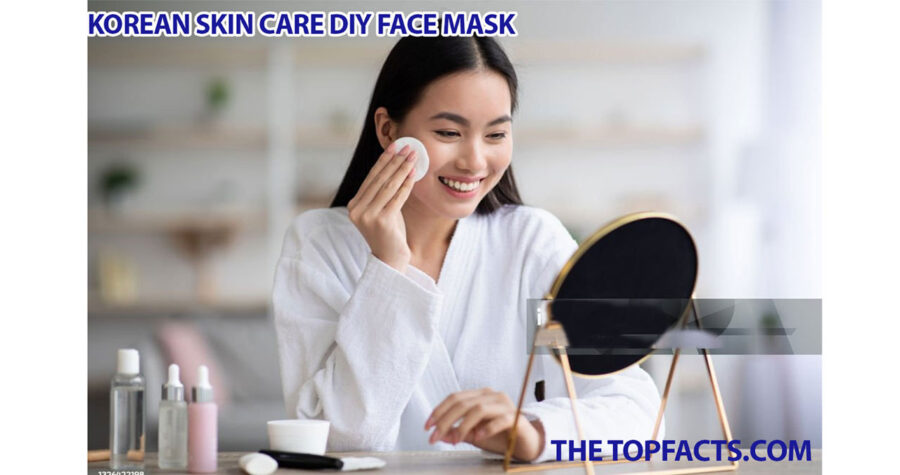
Korean Skincare DIY Face Mask: Revealing the Natural Glow
Korean Skincare DIY Face Mask have several benefits. They take use of natural components, offer personalization suited to different skin types and issues, and can work out cheaper than store-bought equivalents. One of the main draws is the possibility to make masks that are particularly tailored to each person’s skin needs.
Key Ingredients in Korean DIY Face Masks
..Green tea, which has soothing and antioxidant qualities, is one ingredient that is frequently used in Korean skincare products. Popular options include rice water, which is praised for its brightening properties, and honey, which has antimicrobial properties. Knowing these components makes it easier to make Korean Skincare DIY Face Mask that work.
Table of Contents
These are the Key ingredients in Korean DIY Masks;
- Traditional Korean Ingredients:
- Ginseng
- Green Tea
- Rice Water
- Mugwort
- Natural Extracts and Oils:
- Aloe Vera
- Tea Tree Oil
- Centella Asiatica (Cica)
- Snail Mucin
- Hydrating Components:
- Hyaluronic Acid
- Honey
- Propolis
- Seaweed Extracts
- Also you can add CHIA SEED in your masks
Crafting Your Own Face Mask: Step-by-Step Guide
Making a homemade face mask is an easy but careful process. After assembling the required ingredients, move on to the preparation and mixing. Application methods differ, but for best effects, make sure the mask has a sufficient duration of time to do its magic.
.Addressing Specific Skin Concerns
Some DIY masks can be used specifically for treating acne, and moisturizing masks help relieve dry skin. Furthermore, brightening masks, which provide a range of customized remedies, are incredibly effective at reviving dull skin.
Maximizing Benefits: Tips for Usage
Although diy face masks have many benefits, safety measures must be taken. The key to getting long-term advantages from masks is to implement them into a thorough skincare routine, use consistency in usage, and conduct patch testing to prevent allergic reactions.
Precautions and Looking Ahead
Homemade face masks provide advantages, but there are also certain risks. It’s important to treat hygienic issues, allergic reactions, and overuse seriously. Future trends and an emphasis on sustainability have been suggested for DIY Korean skincare.
Conclusion
DIY face masks for Korean skin care provide an affordable, natural, and customized solution to glowing skin. Nonetheless, using common sense and caution are essential to maximizing advantages and reducing risks.

